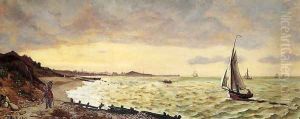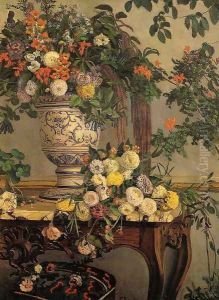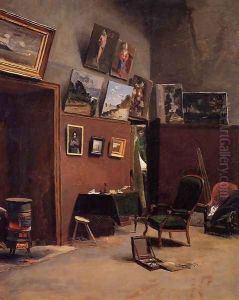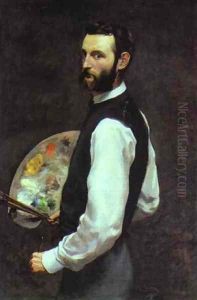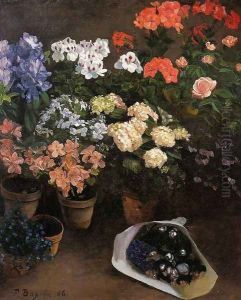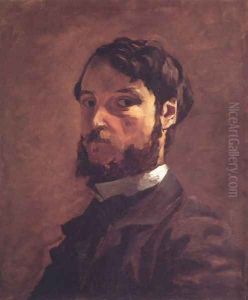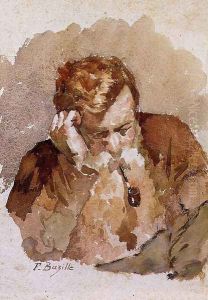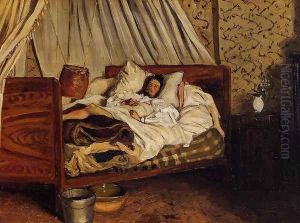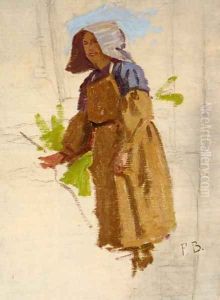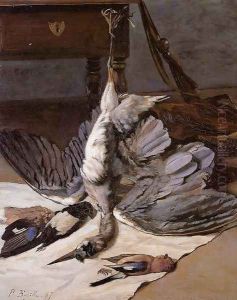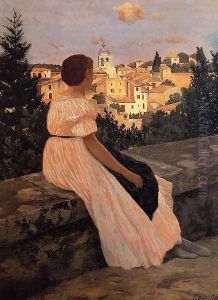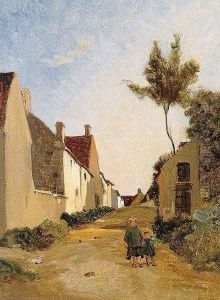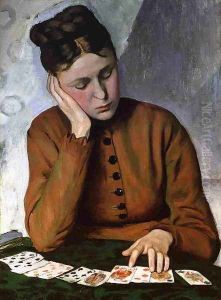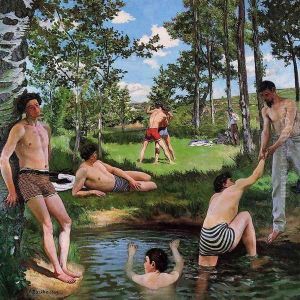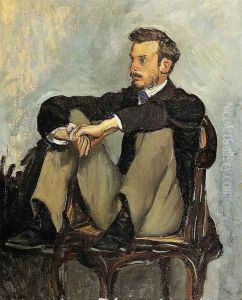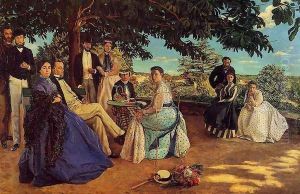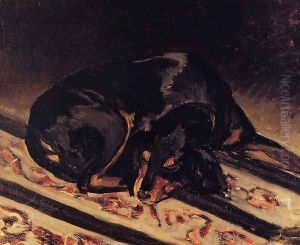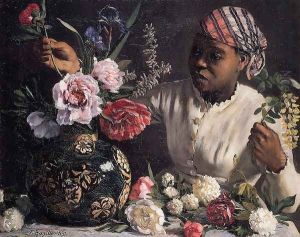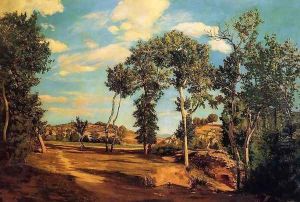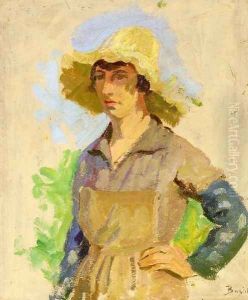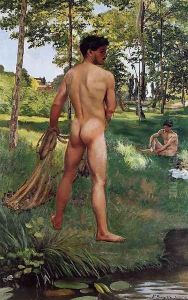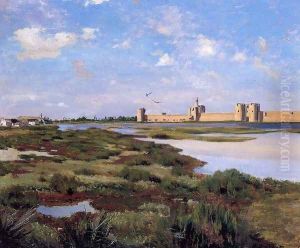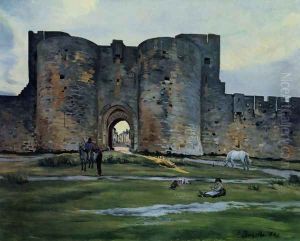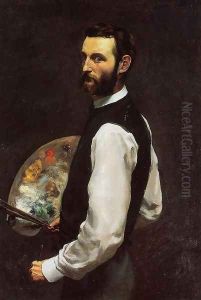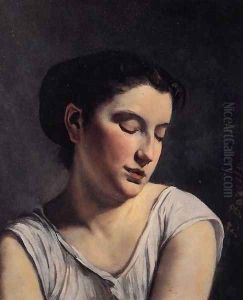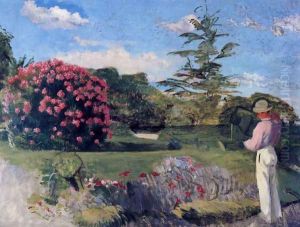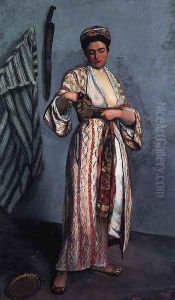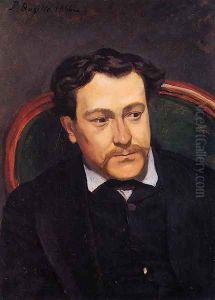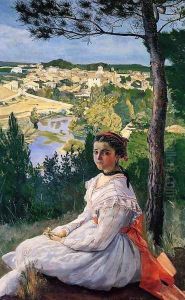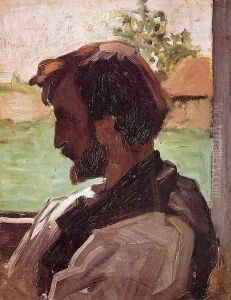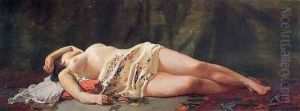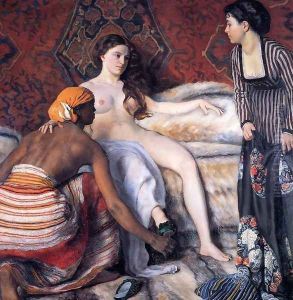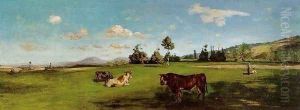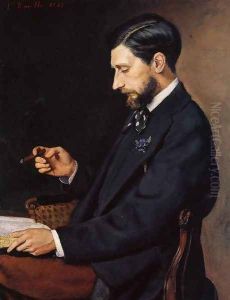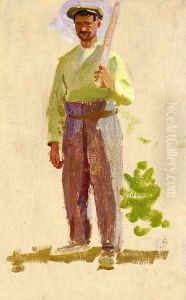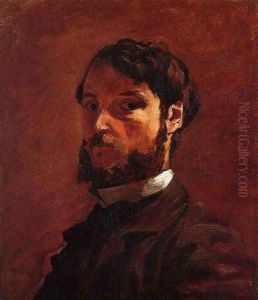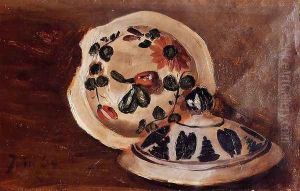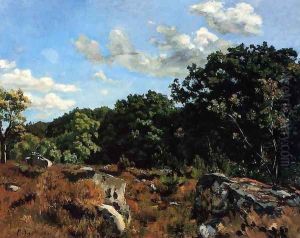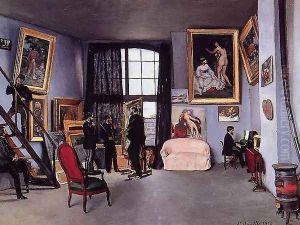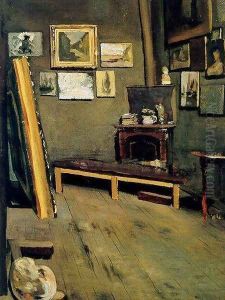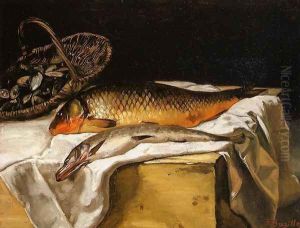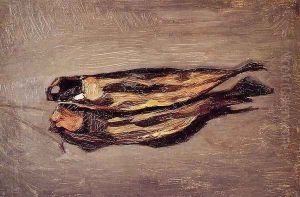Jean Frederic Bazille Paintings
Jean Frédéric Bazille was a French painter who played a key role in the development of the Impressionist movement despite his career being tragically cut short at the age of 28. Born in Montpellier, France, on December 6, 1841, to a wealthy Protestant family, Bazille began his education in the arts at the age of nine. Initially studying medicine, he shifted his focus entirely to painting by 1862 and moved to Paris to pursue his passion.
While in Paris, Bazille studied under Charles Gleyre, where he met and befriended several future Impressionist luminaries, including Claude Monet, Pierre-Auguste Renoir, and Alfred Sisley. These artists often worked together and influenced each other's styles and techniques. Bazille is known for his use of light and his ability to capture it in his work, a hallmark of the Impressionist style.
Despite his burgeoning talent, Bazille’s artistic career was short-lived. He enlisted in the Franco-Prussian War in 1870 and was killed in battle on November 28, 1870. His death came at a time when his artistic capabilities were beginning to flourish, and as such, his existing body of work is limited but holds significant importance in the history of French painting.
Bazille's works often featured figures in a landscape, combining portraiture with the outdoor scenes that would become central to Impressionism. Some of his notable paintings include 'Family Reunion' (1867) and 'The Pink Dress' (1864). His work was marked by a bold use of color and a commitment to realism, which was manifested in his depiction of contemporary life and landscapes.
After his death, Bazille's talent and contributions to art were recognized by his peers and subsequent generations. His works are displayed in major museums around the world, and he is remembered as a promising artist whose potential was never fully realized due to his untimely death. Bazille is celebrated as a significant precursor to the Impressionist movement, and his paintings continue to be studied for their innovative approach to light and composition.
